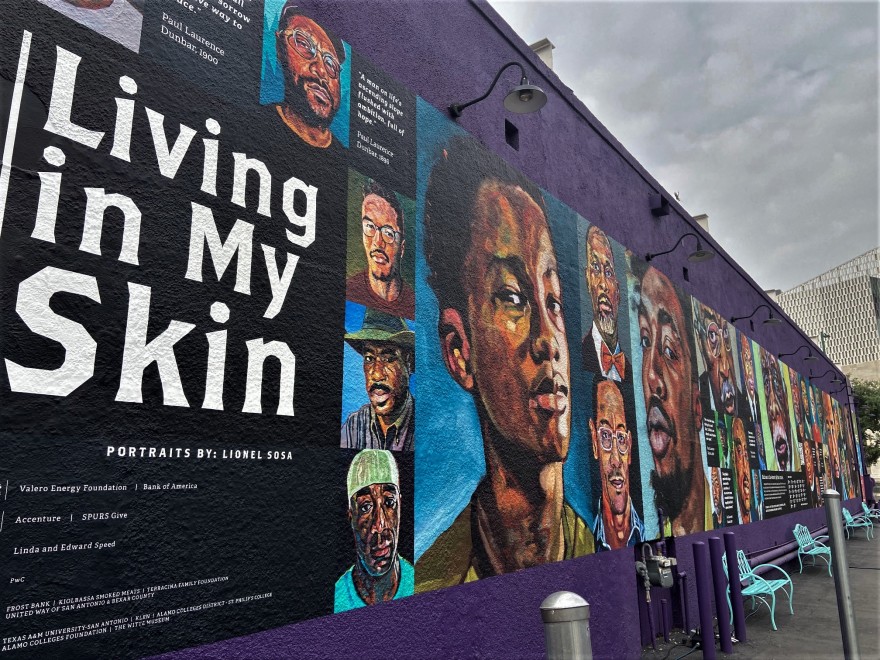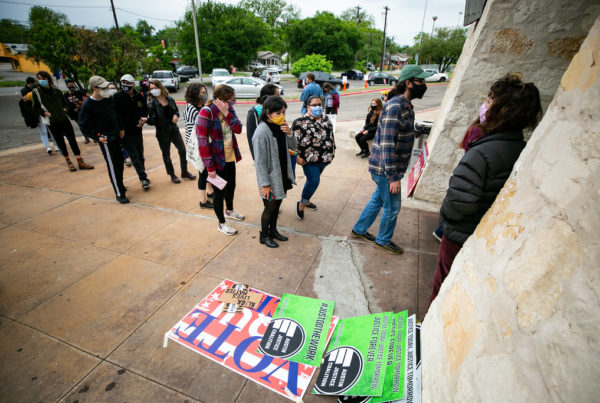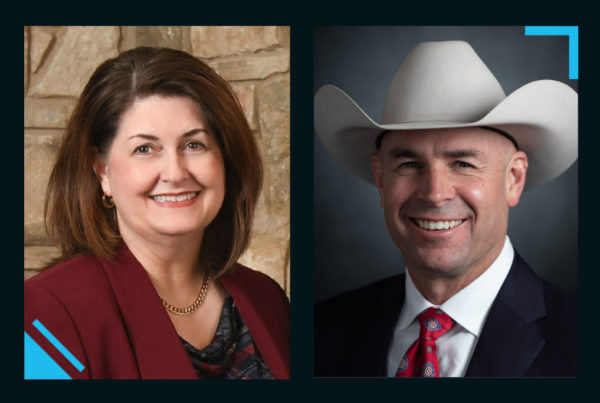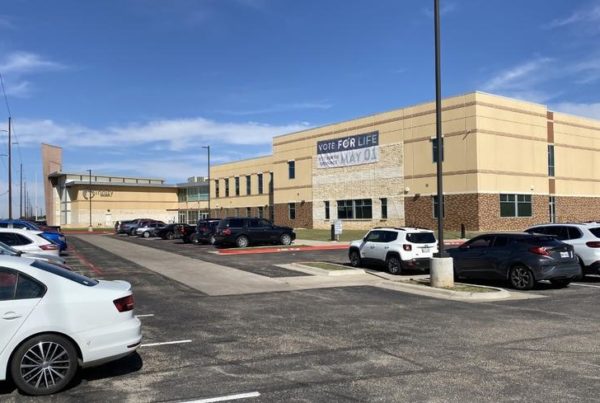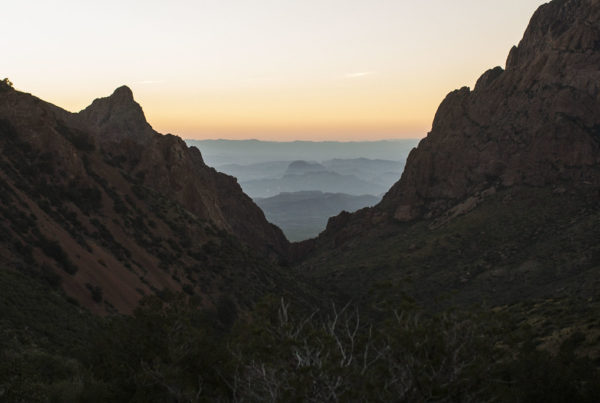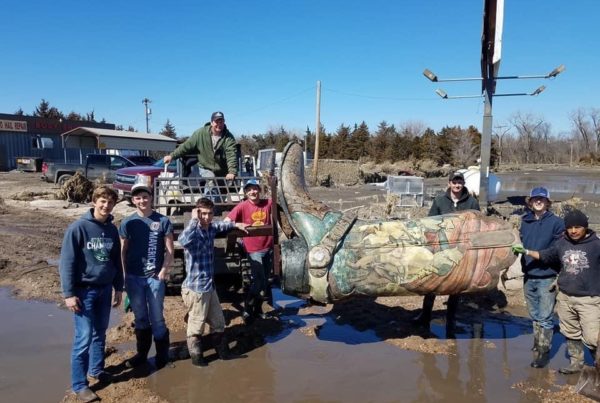A large San Antonio art project in a very public place has a real, though not immediately obvious, connection to George Floyd’s death in Minneapolis last year. Its backstory starts with a small poster, and ends with a massive mural.
Last year, as the country was coming to grips with the Floyd killing, artist Lionel Sosa was taking a walk with his wife and saw something that stopped them both cold.
“A poster in my neighborhood that said, ‘You can’t be anti-racist unless you’re actively anti-racist,’” he recalled.
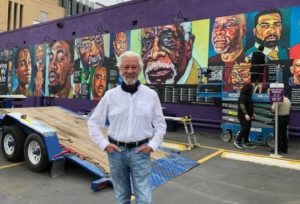
Lionel Sosa in front of his mural.
Sosa said he assumed that with San Antonio being so multicultural, Black peoples’ lives wouldn’t be so racially charged here. A conversation with a pair of Black acquaintances though revealed otherwise. Brandon Logan was one of those, and remembers that conversation with Sosa.
“He took it to a personal level of asking how is it living in San Antonio? And my response was ‘Well, let me tell you about my daily challenges of living in my skin,’” Logan said. “And that allowed us to get in detail for about an hour and a half of exchanging stories of the challenges and opportunities that we have as Black men in this community, which in result became the Living in My Skin project.”
Lionel Sosa remembers the surprise he felt at how different his experiences were.
“Black men go through all kinds of problems that we as Latinos have never gone through. A white person has never gone through,” he said.
So, in an attempt to live up to the challenge issued by the poster he’s seen, Sosa began talking with other Black men. And then he started painting them. All 33 of them.
“It just became a project that wound up being 33 oil portraits, a film documentary, [in] two 30-minute parts called Living in My Skin.”
The Living in My Skin documentary aired on San Antonio’s PBS station KLRN, and those 33 paintings have been hanging in various gallery spaces the last few months. Now Sosa reports, they have been given a new and much larger life.
“We were able to get permission to put up a mural that’s a hundred feet wide, 12 feet high between the Tobin Performing Arts Center and the parking lot,” he said.
On Wednesday morning April 14, the public was invited to see that long, formerly blank wall between the parking garage and the Tobin, that’s now filled with reproductions of Sosa’s paintings of those 33 men.
Also there, six horn players from the San Antonio Symphony who played Iconic Fanfare, written specifically for this Living in My Skin dedication by San Antonio composer and jazz musician, Cecil Carter.
Sosa says the resulting mosaic of reproductions for the mural are far larger than the originals.
“There [are] four of them that are12 feet high. Many that are four feet high. Others that are two feet high,” Sosa said. “But they all make this mosaic pattern that not only shows their faces or their paintings, but also has links to where you can go and actually see their stories of each man on your phone.”
Each has a QR Code component for those curious. About a hundred and fifty people showed up for the dedication, from Mayor Nirenberg to Centro San Antonio’s Andi Rodriguez, to the most riveting speaker, poet Laureate Andrea Vocab Sanderson. She performed her poem Nigra Sum, and the crowd was transfixed by her performance.
Brandon Logan noted the demographic breakdown of the crowd attending.
“If you look around, look, this is what America is supposed to look like. You have a multiracial, multi-generational group that is out here that is looking to celebrate the Black man and to be OK with saying ‘I’m celebrating the Black man,’” he said.
Logan was frustrated and mystified that unarmed Black men keep dying in the hands of uniformed lawmen at such alarming rates. He said that the stakes on figuring out how to fix the problem are particularly high here in south Texas.
“We are a demographic indicator of what America will look like,” Logan said. “And so it’s important that we get this right in San Antonio so we can set a new standard in a new model for the rest of the world to follow.”
Sosa seems to have found this quite satisfying, and speaks of the project in terms that are reverential. Almost like he’s on a mission.
”I would love for the rest of my life to do nothing more than paint portraits and tell stories of people that are underappreciated, misunderstood,” he said.
He’s also pleased that the display isn’t behind the walls of a museum, but freely seen 24 hours a day. The mural is expected to be up for at least the next two years.


